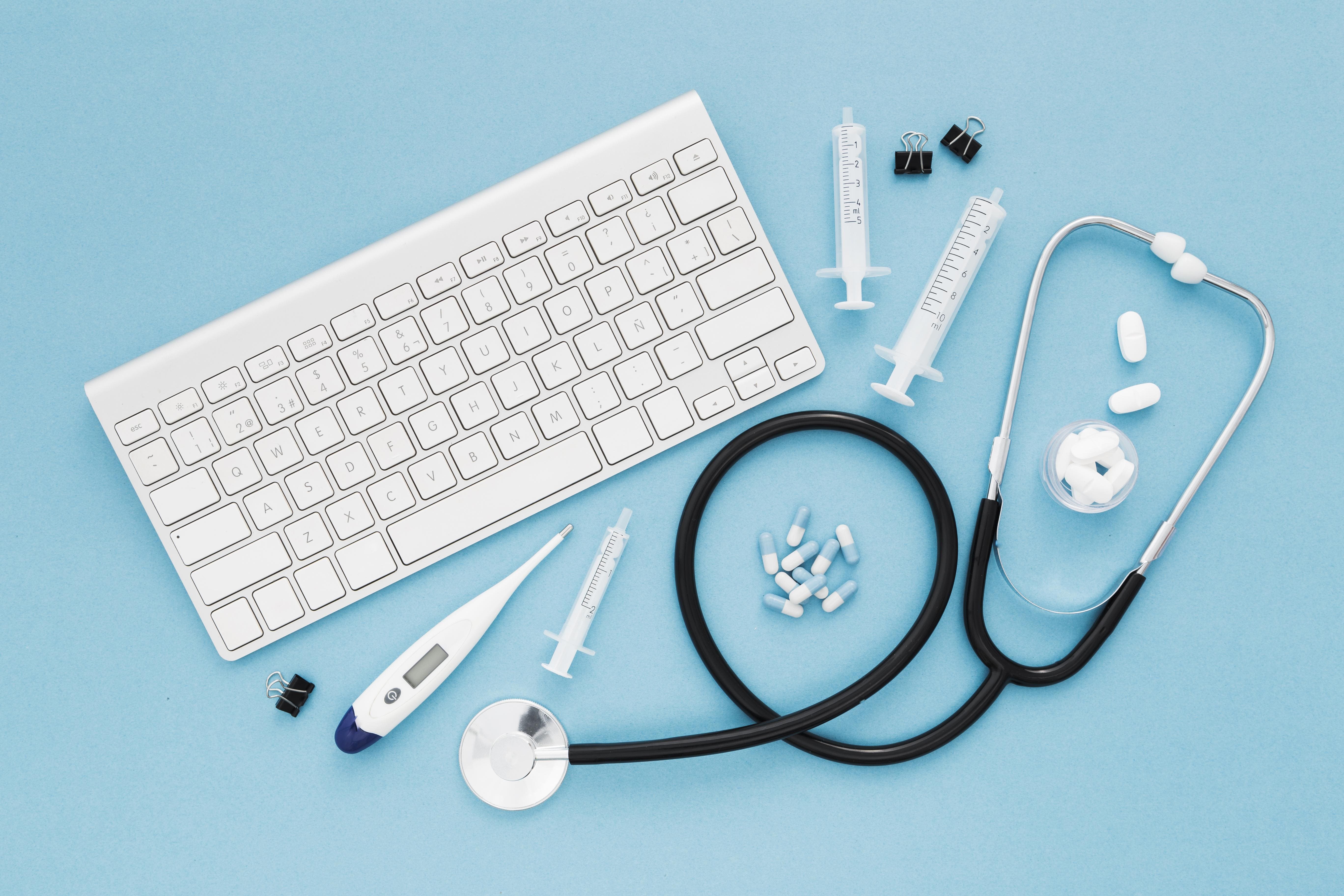
Table of Contents
এটি চিকিত্সা ডিভাইসে বিপজ্জনক পদার্থকে সম্বোধন করে। এটি আনুষ্ঠানিকভাবে 26 মে, 2021 এ প্রয়োগ করা হয়েছিল।
লক্ষ্য:
মেডিকেল ডিভাইস রেগুলেশন (ইইউ) 2017/745 ("এমডিআর") কার্সিনোজেনিক, মিউটেজেনিক, বা বিষাক্ত থেকে প্রজনন (সিএমআর) এবং/অথবা এন্ডোক্রাইন-বিঘ্নিত পদার্থের নিয়ন্ত্রণ সম্পর্কিত একটি উল্লেখযোগ্য বিধান প্রবর্তন করে। এমডিআর অনুসারে, মেডিকেল ডিভাইসে অবশ্যই উপাদানগুলির ওজন (ডাব্লু/ডাব্লু) দ্বারা 0.1% ওজনের বেশি ঘনত্বের সিএমআর এবং/অথবা অন্তঃস্রাব-বিঘ্নকারী পদার্থ থাকতে হবে না। ন্যানোম্যাটরিয়ালগুলিতে অতিরিক্ত বিবেচনা করা উচিত, যদি না তারা কেবল অক্ষত ত্বকের সংস্পর্শে আসে।
সুযোগে পণ্য:
ডিভাইসগুলি, বা তাদের মধ্যে ব্যবহৃত উপাদান বা উপকরণগুলি, যা নিম্নলিখিত মানদণ্ডের অধীনে আসে:
- তারা আক্রমণাত্মক এবং সরাসরি মানবদেহের সংস্পর্শে আসে।
- তারা (পুনরায়) ওষুধ, শরীরের তরল বা গ্যাস সহ অন্যান্য পদার্থগুলি শরীর থেকে/থেকে পরিচালনা করে।
- তারা শরীরে (পুনরায়) প্রশাসনের উদ্দেশ্যে এই জাতীয় ওষুধ, শরীরের তরল বা গ্যাস সহ পদার্থ পরিবহন বা সঞ্চয় করে।
ডিভাইসগুলি অবশ্যই এমনভাবে ডিজাইন করা এবং উত্পাদন করতে হবে যা পরিধান ধ্বংস, অবক্ষয় পণ্য এবং ডিভাইস থেকে প্রকাশিত হতে পারে এমন প্রসেসিংয়ের অবশিষ্টাংশ সহ পদার্থ বা কণার সাথে সম্পর্কিত ঝুঁকিগুলি হ্রাস করে।
অতিরিক্তভাবে, চিকিত্সা ডিভাইসগুলিতে নিবন্ধের ওজন (ডাব্লু/ডাব্লু) দ্বারা 0.1% ওজনের ঘনত্বের উপরে নিম্নলিখিত পদার্থগুলি থাকতে হবে না:
- কার্সিনোজেনিক, মিউটেজেনিক, বা টক্সিক টু প্রজনন (সিএমআর) পদার্থগুলি 1 এ বা 1 বি বিভাগ হিসাবে শ্রেণিবদ্ধ করা হয়েছে, যেমন সিএলপি রেগুলেশন (ইসি) নং 1272/2008 এর এনেক্স ষষ্ঠের অংশ 3 এ সংজ্ঞায়িত করা হয়েছে।
- রিচ রেগুলেশন (ইসি) নং 1907/2006 এর অনুচ্ছেদ 59 অনুসারে এবং বায়োসিডাল প্রোডাক্ট রেগুলেশন (ইইউ) নং 528/2012 এর অনুচ্ছেদ 5 (3) অনুসারে এন্ডোক্রাইন-বিঘ্ন হিসাবে চিহ্নিত পদার্থগুলি।
বর্তমান তালিকায় 1000 টিরও বেশি পদার্থ রয়েছে এবং এটি নতুন সংযোজন বা সংশোধনী অন্তর্ভুক্ত করতে প্রতি ছয় মাসে আপডেট করা হবে।
0.1% ডাব্লু/ডাব্লু থ্রেশহোল্ড ছাড়িয়ে গেলে নির্মাতাদের দায়িত্ব
নির্মাতাকে নিম্নলিখিত ক্রিয়াগুলি সম্পাদন করতে হবে:
- একটি সুবিধা-ঝুঁকিপূর্ণ মূল্যায়ন পরিচালনা করুন এবং প্রযুক্তিগত ফাইলে একটি ন্যায্যতা সরবরাহ করুন।
- ডিভাইসে নিজেই এবং/অথবা প্রতিটি ইউনিটের প্যাকেজিংয়ে এই পদার্থগুলির উপস্থিতি স্পষ্টভাবে লেবেল করুন। বিকল্পভাবে, যদি প্রযোজ্য হয় তবে লেবেলটি এই জাতীয় পদার্থের তালিকা সহ বিক্রয় প্যাকেজিংয়ে স্থাপন করা উচিত।
- এই পদার্থগুলির জন্য বিশেষত দুর্বল হিসাবে বিবেচিত রোগীদের গ্রুপগুলির জন্য বিশেষভাবে তৈরি ব্যবহারের জন্য নির্দেশাবলী অন্তর্ভুক্ত করুন।
- ইউডিআই (অনন্য ডিভাইস সনাক্তকরণ) অনলাইন ডাটাবেসের রক্ষণাবেক্ষণ নিশ্চিত করুন, এতে মেডিকেল ডিভাইস সম্পর্কে প্রাসঙ্গিক তথ্য রয়েছে।
এই বাধ্যবাধকতাগুলি পূরণ করে, নির্মাতারা নিয়ন্ত্রক প্রয়োজনীয়তাগুলি পূরণ করতে পারে এবং তাদের চিকিত্সা ডিভাইসগুলির সুরক্ষা এবং স্বচ্ছতা নিশ্চিত করতে পারে।
পণ্য সম্মতি পরামর্শদাতা
কমপ্লাইমার্কেট ইউজি (হাফটংসবেসক্রেনক্ট)
